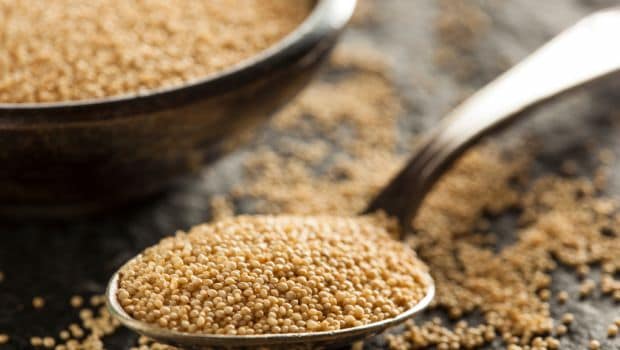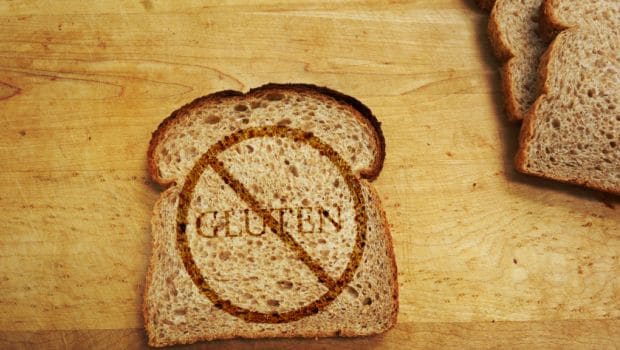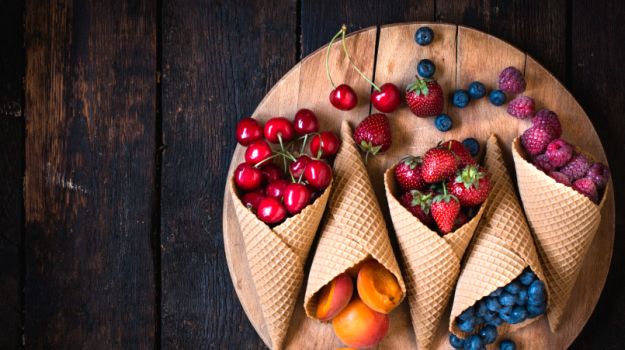
What exactly is “gluten”? Gluten is a Latin word and it means glue, mixture of proteins found in wheat, rye, oats and barley and all the ancient and hybrid grains like Spelt, Khorasan and Triticale.
Just like its name which means glue it works like glue and makes the dough of baked goods elastic and stretchable. Wheat flour contains two types of protein strands – Glutenin and Gliadin, wrapped around starch granules. When wheat flour is combined with water, the protein strands unwind and link together to form a membrane-like network which is called gluten.
This is what causes wheat dough to stretch and pull and gives it the elasticity. Refined flour or maida is what we get once the bran or germ is removed from Wheat flour. This makes the refined flour finer and gives it a longer shelf life.
Gluten-Free Indian Grains
Indian food has several gluten-free grains which can be easily used to create fantastic gluten-free meals. Most of these are our ‘heritage’ or ancient grains which have been around for thousands of years. These include grains like Amaranth, Bajra, Jawar, Ragi and Rice.

Being on a “Gluten Free Diet” means that you remove wheat, rye, oats, and barley along with all food products that might be cross-contaminated with gluten. In India, gluten is found in all packed masala’s as they contain ‘Hing’ (Asafoetida). This is nothing but pure gluten.
I recommend buying whole masalas and grinding them at home to avoid cross contamination.
Most packed cookies and namkeens contain gluten unless specifically mentioned that these are gluten-free.

Some Tips For Maintaining A Gluten Free Diet
1. Check Ingredients: This includes all products that are made with the ingredient that contains gluten. These should be avoided completely. A gluten free diet has to be maintained very strictly to control your TTG Levels and IgA Levels below 20.
2. Review Processing: Sometimes Gluten-free foods can be processed in facilities that also handle wheat and as a result may contain trace amounts of gluten even though the food contains no wheat. This is the main issue with “Oats” and that’s why if you have Celiac Disease you should avoid oats. I never give my son oats unless the label is stamped “Gluten Free”.
In India, this is usually what happens at local atta chakkis. You might want to grind gluten free flour but the flour ground earlier contains gluten. I would like to point to bakeries that are not 100 percent gluten free and manufacture gluten free products. Just 10 percent gluten is enough to damage the gut if someone suffers from Celiac disease.

3. Separate and Safe: Likewise, as a cook you need to think about cross-contamination if you are trying to make gluten free food in a common kitchen. Ideally a separate kitchen is a must if you have Celiac Disease or at least use separate bowls, pans, knives and chopping boards.
Remember it is always good to support your family member who has Celiac Disease and become gluten free as you can get Celiac Disease at any time if you carry the same gene.
[“source-ndtv”]










